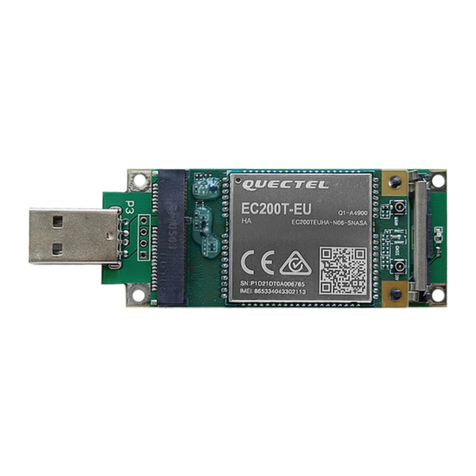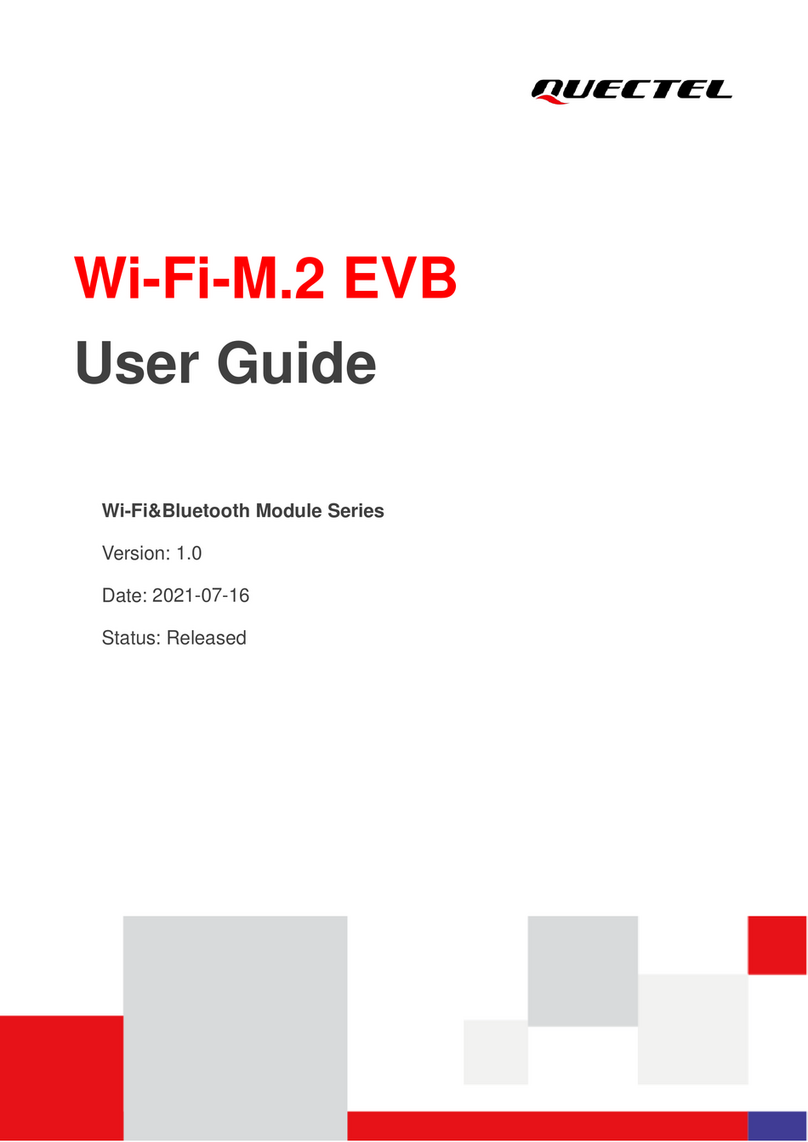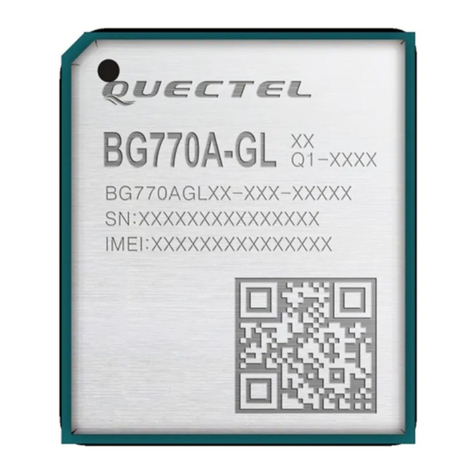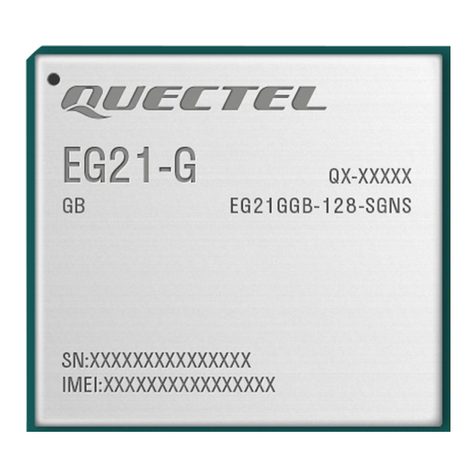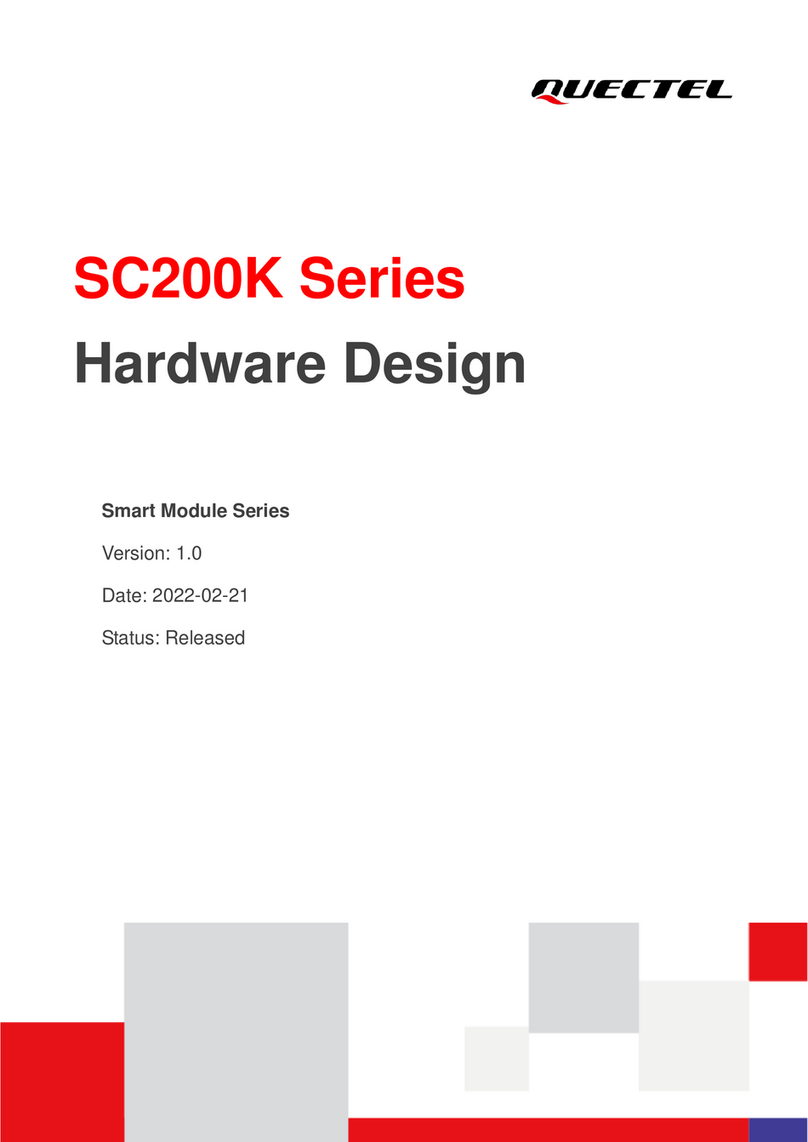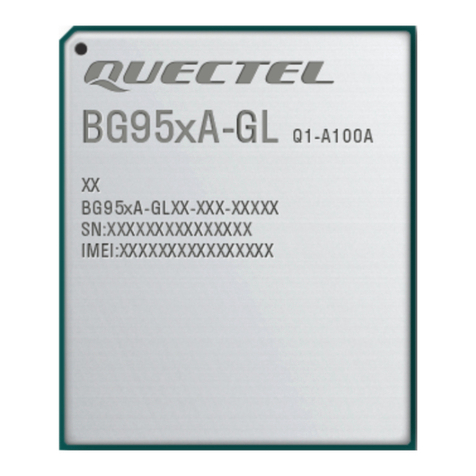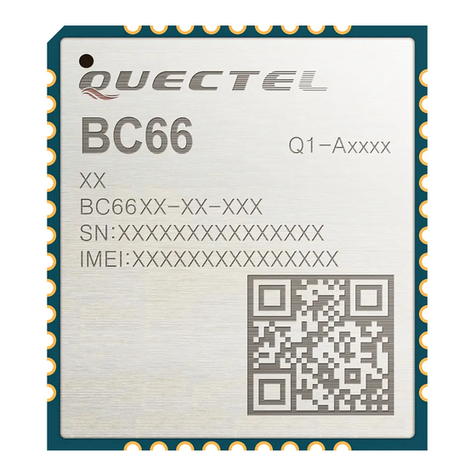
Wi-Fi&BT Module Series
FC21 Hardware Design
FC21_Hardware_Design 3 / 52
Contents
About the Document .............................................................................................................................. 2
Contents ................................................................................................................................................. 3
Table Index ............................................................................................................................................. 5
Figure Index ............................................................................................................................................ 6
1 Introduction ..................................................................................................................................... 7
1.1. Safety Information ................................................................................................................... 8
2 Product Concept ............................................................................................................................. 9
2.1 General Description ................................................................................................................ 9
2.2 Key Features .......................................................................................................................... 9
2.3 Functional Diagram ............................................................................................................... 11
2.4 Evaluation Board .................................................................................................................. 12
3 Application Interfaces ................................................................................................................... 13
3.1. General Description .............................................................................................................. 13
3.2. Pin Assignment ..................................................................................................................... 14
3.3. Pin Description ..................................................................................................................... 15
3.4. Power Supply ....................................................................................................................... 19
3.4.1. Pin Introduction .......................................................................................................... 19
3.5. Wireless Connectivity Interfaces ........................................................................................... 20
3.5.1. Wi-Fi Interface ............................................................................................................ 20
3.5.1.1. WAKE_ON_WIRELESS .................................................................................... 21
3.5.1.2. WAKE_EN ........................................................................................................ 21
3.5.1.3. SDIO Interface .................................................................................................. 22
3.5.2. BT Interface* .............................................................................................................. 23
3.5.2.1. BT_EN .............................................................................................................. 23
3.5.2.2. BT_WAKE_HOST ............................................................................................. 24
3.5.2.3. PCM Interface ................................................................................................... 24
3.5.2.4. BT_UART Interface ........................................................................................... 25
3.5.3. Coexistence Interface ................................................................................................. 26
3.6. Other Interfaces .................................................................................................................... 27
3.6.1. DBG_TXD Interface ................................................................................................... 27
3.6.2. 32KHz_IN Interface .................................................................................................... 27
3.7. Antenna Interface ................................................................................................................. 28
3.7.1. Pin Definition of RF Antenna Interface ........................................................................ 28
3.7.2. Operating Frequency .................................................................................................. 28
3.7.3. Reference Designs ..................................................................................................... 28
3.7.4. Reference Design of RF Layout ................................................................................. 29
3.7.5. Antenna Requirements ............................................................................................... 31
3.7.6. Recommended RF Connector for Antenna Installation ............................................... 32

